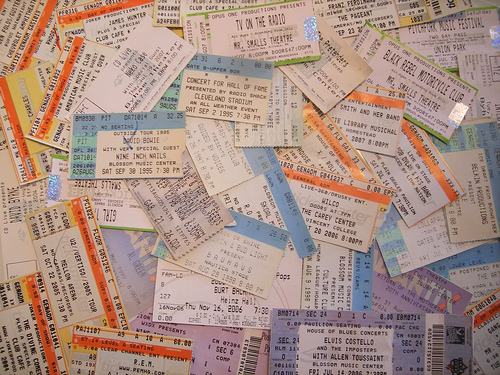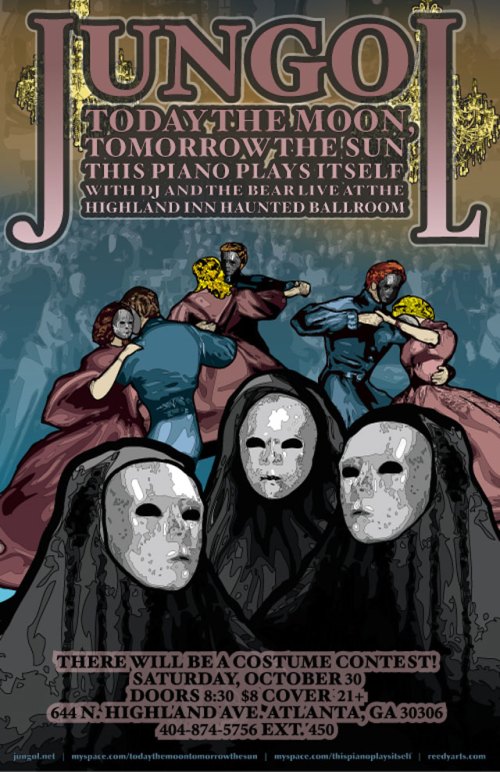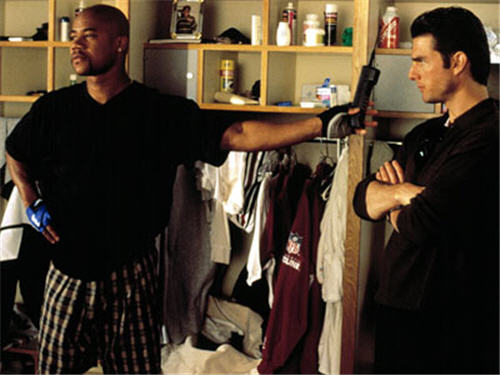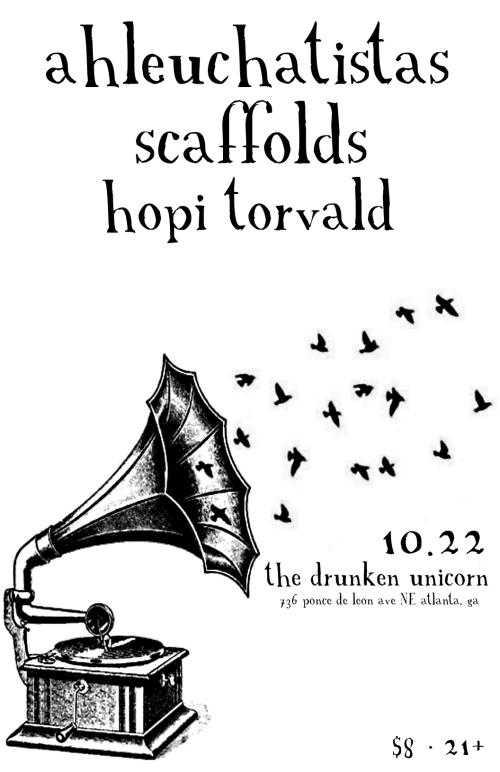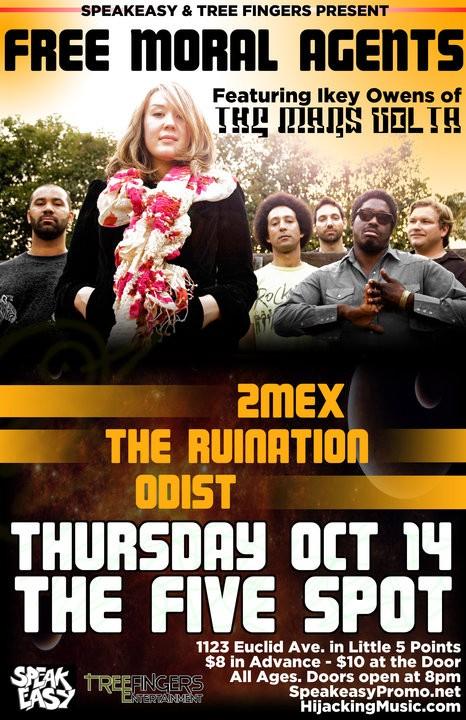I was born in Chicago and my entire family resides there. I’m also a Yeasayer fan. So when I heard that Yeasayer was performing a show in Chicago on New Year’s Eve, I was ecstatic. I would get the chance to see my relatives and jam out to an amazing indie act. All of this enthusiasm and joy was flushed down the toilet when I saw that Yeasayer is charging $55 for advance tickets (I’m sure it will be more expensive closer to the date of the show). In addition, they’re charging $250 for “VIP” table seats. Honestly, this infuriates me, but I want to take this opportunity to address a much greater problem that we’re seeing within the music business. The costs of concert tickets has gone into the stratosphere and only the pampered, rich and NASA can attend concerts.
Well maybe it’s not that bad, but you catch my drift. In the last five years, concert ticket sales have grown by almost sixty five percent (economist Alan Krueger discovered this back in 2002, so I’m sure those numbers are even higher now, see the link at the bottom of the page). If you take a look at the entire decade, in 2000-2001, a music fan would spend around $40-65 for a high end act i.e. Jay-Z, Madonna, Justin Timberlake, etc. Now that fan is spending close to $200 sans ticket fees for the same mainstream acts. In addition, music fans are paying almost three times as much for merchandise. Yes, that’s right, I’m sure you remember when you could purchase a t-shirt at a concert and it wasn’t the price of an oil change and tire rotation.
Now indie acts have caught a whiff of this price-gouging trend and are engaging in similar practices. Naturally when I heard Yeasayer was charging $55 for tickets in my beloved hometown of Chicago, I was a little pissed. And it’s not just Yeasayer, I have no intention of singling them out – there are several indie bands doing this.
I find this highly problematic for a couple reasons. If indie bands start charging ridiculous prices for their tickets, the concert experience becomes classist and elitist. Not every person can afford to pay $60+ for concert tickets nor are they willing to pay that amount. So the artists end up excluding people who might have even spent $30-40 for the same tickets. At that point, the indie artist is telling the fan that their concert at a mid-level venue is more valuable and precious than other experiences that you can obtain with the same amount of money. So let’s see, what can you buy with $60?
- New clothes and shoes
- Tickets to Six Flags or another theme park
- An iPod
- Groceries (single person household)
- Movie tickets and a dinner date
- Music equipment (if you’re a music gear freak like me)
All things considered, the aforementioned list is fairly limited. I encourage you, the readers, to draw up a list of ten things that you could purchase with sixty dollars. Now compare that list to a music concert being held by an indie act. How much value does that concert hold now?
My intentions are not to push people away from concert venues, by all means that would defeat the purpose of this blog. But I need to illustrate a point and I want to touch upon an issue that is delicate and has become a very thorny and troublesome practice.
The second reason why indie acts have no business charging what major acts do is simple. The income distribution within the music business is skewed and biased and it always has been. More and more music fans are investing in the “tried and true” acts, the artists they feel have consistently delivered year after year. It’s not the indie bands; it’s the Rolling Stones, U2, Prince, etc. Music fans are shelling out their hard earned dollars to see those acts and not the next hype on Pitchfork Media. In addition, the more established acts have older fanbases who have more personal spending money to allocate towards a greater variety of entertainment options. The access simply isn’t there for your average 16 or 17 year old kid who heard about a band on Gorilla vs. Bear, but can’t afford to check out their concert.
Nonetheless, there are two sides to every story. Yes, this is a direct repercussion of rampant downloading. I also realize that there are very high production costs attached to tours and its hectic moving in full stacks of equipment, huge mixers, dinosaur-sized light rigs and a staff to assist with all of that. But is that really feasible or efficient for an indie act? I always felt the beauty of being an independent artist is that you could pack less on tour, bring only one or two trusted consultants and move as quickly and efficiently as possible. Moreover, if I was an indie artist doing a regional tour, I would call all the college radio stations in the towns I was touring in and ask if they could do ticket giveaways for the shows.
With the New Year approaching soon, we are going to see an all-time high in price-gouging and exploitative ticket prices. And it won’t be just the “greedy and commercial” music acts engaging in these practices. It will be the nice, new indie band that you read about on a music blog similar to this. If it’s going to cost me $75+, I’d rather sit at home, pop some popcorn and watch Song Remains the Same on blu-ray. You decide what works for you.
For about this, read economist Alan Krueger’s pricing of concert tickets

